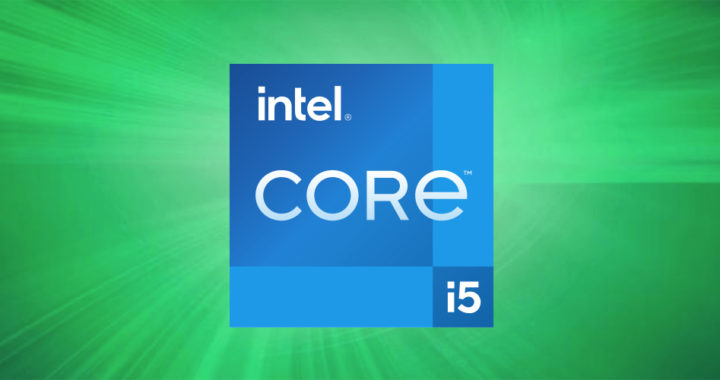The Intel Core i5 is a computer processor developed and marketed by Intel Corporation. First introduced in September 2009 as a mainstream variant of Intel Core i7 and a higher-tier processor than the Intel Core i3, it has since been used in medium-range to high-range desktop and laptop computers.
Advantages and Applications of Intel Core i5
1. Mainstream and All-Around Processor
One of the advantages of the Core i5 is that it is a mainstream processor designed for all-around computing requirements. Manufacturers such as Apple and Dell have featured numerous versions of this chip in their high-end computers and laptops.
The aforementioned means that it can handle day-to-day tasks such as web browsing, content consumption, and office productivity. Furthermore, it is capable of handling some tasks that require considerable resources to include average-level video editing and gaming.
2. Continuously Improving Newer Generations
Core i5 has gone numerous iterations and upgrades since 2009. The latest generations of this processor are typically comparable to the previous generations of the Core i7. In most instances, they are also cheaper and more accessible.
It also has a notable advantage over Core i3. Fundamentally, it has better processing capabilities that translate to better hardware performances. Average consumers and users are better off choosing this processor over a Core i7 and Core i3.
3. Performance and Flexible Applications
Depending on the specific model or variant, the processor sits within the mid-range to high-range computer usage spectrum. Users can choose from different variants based on their budget and their personal or professional requirements.
Intel Core i5 is essentially positioned as a mid-level and mainstream CPU that is engineered for graphics-intensive gaming, multitasked business productivity applications, and general to above-average high-definition video and audio editing.
Disadvantages and Limitations of Intel Core i5
1. Performance Limitations and Applications
Of course, it would perform poorly when compared alongside Core i7 and Core i9. These processors have better hardware architecture and specifications because they are positioned for high-level and top-tier computers and use-case scenarios.
It is also important to highlight the fact that the Core i7 is marketed for high-level users while the Core i9 is geared toward enthusiast-level users. The Core i5 would not be able to address the specific resource-intensive requirements of these users.
2. Intensive Gaming and Video Editing
Remember that this processor can still handle a considerable degree of video editing and gaming. The newer generations could competently accomplish the average needs of video editors and the requirements of some gaming titles.
However, there is a limitation on how much it could perform these tasks. It is typically not ideal for accomplishing intensive games at higher frame rates, as well as editing longer videos. Furthermore, it would be unsuitable for animation and graphics rendering.
3. A Note on Multitasking Capabilities
The Core line of processors from Intel different in the way they handle processing information. Typical variants of the Core i5 have fewer cores and support fewer simultaneous threads than the Core i7 and Core i9. These variants are not as good at multitasking.
A key disadvantage of the Core i5 is that it is not engineered and positioned for demanding work. It would not match the capabilities of current generations of Core i7 and Core i9, as well as equivalent processors from other manufacturers.





